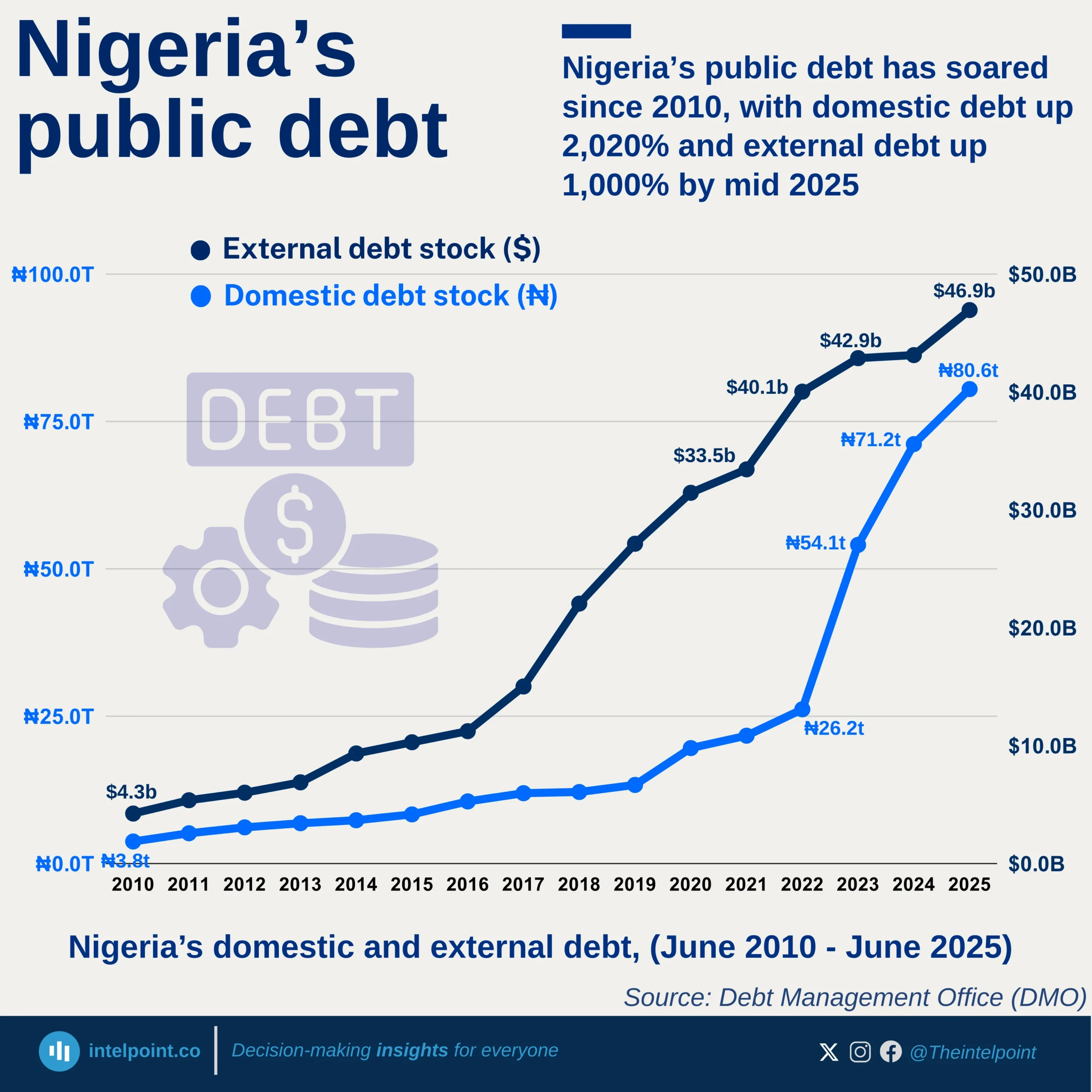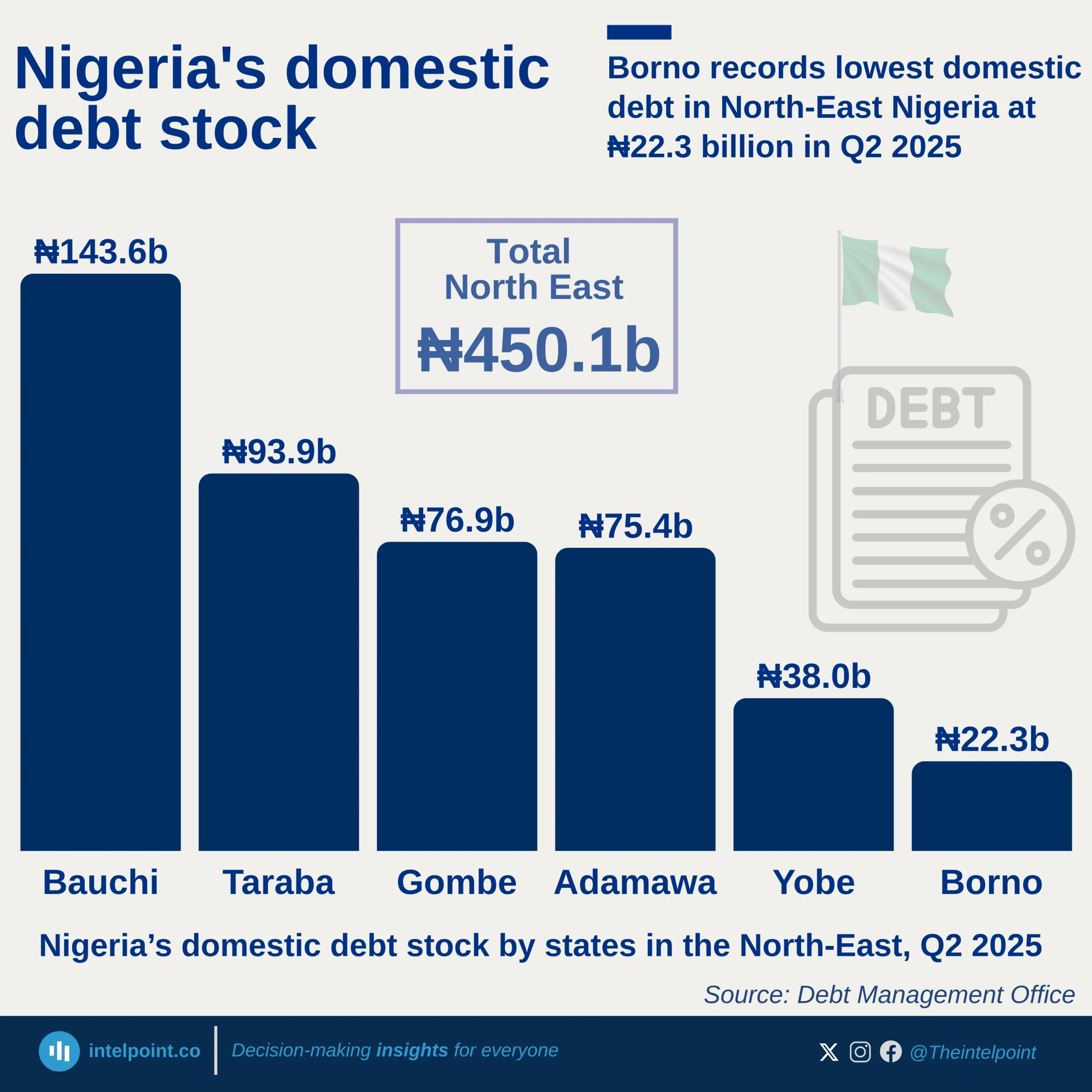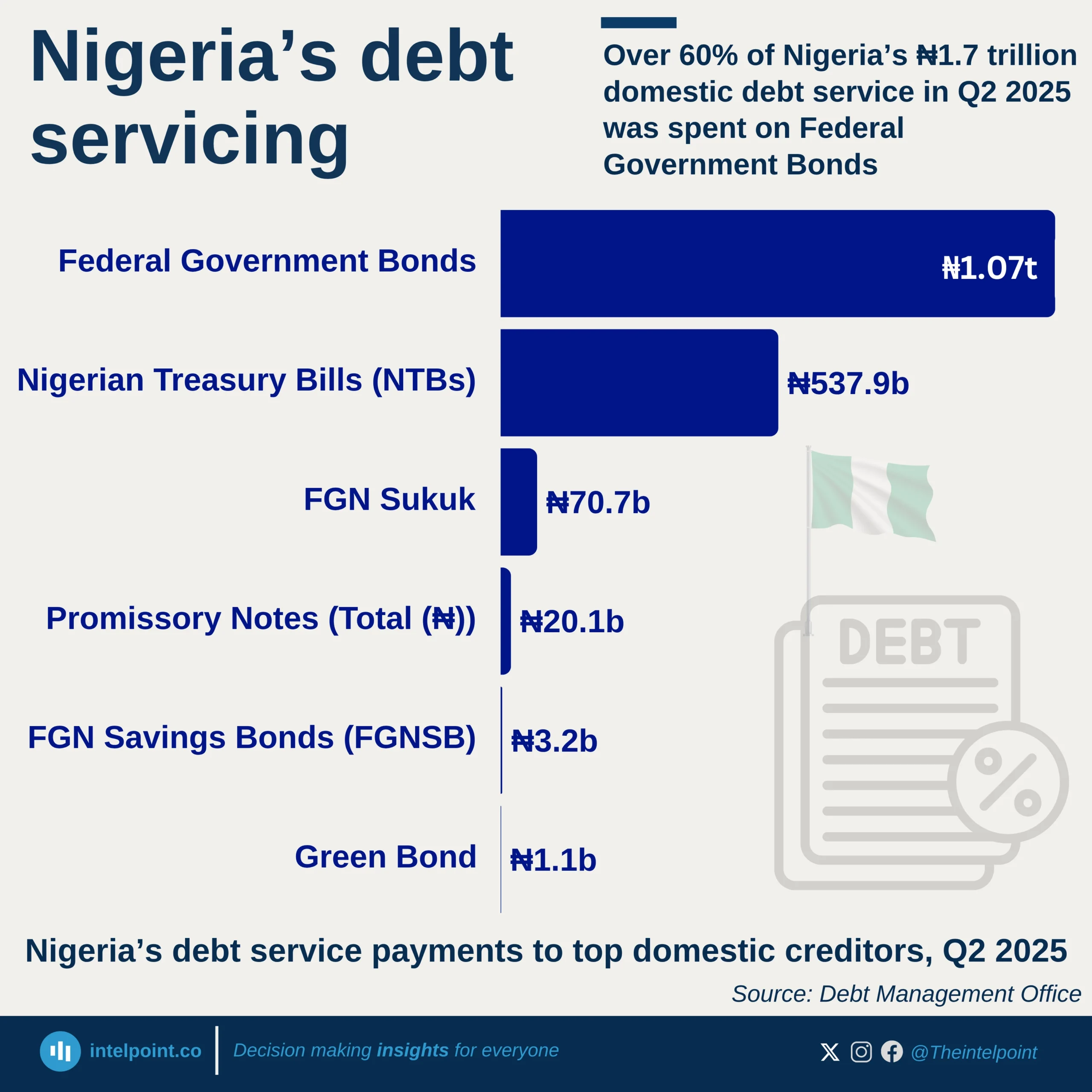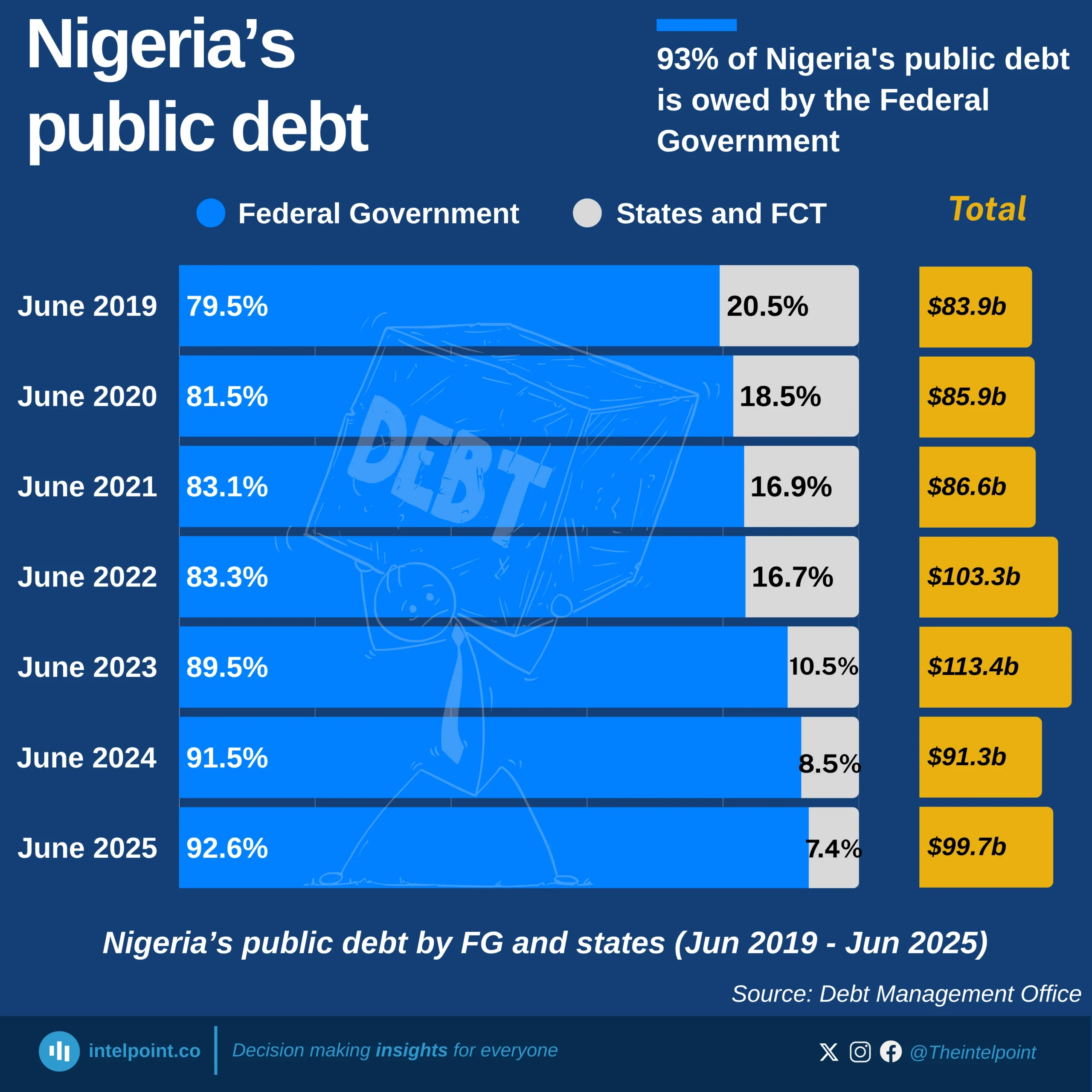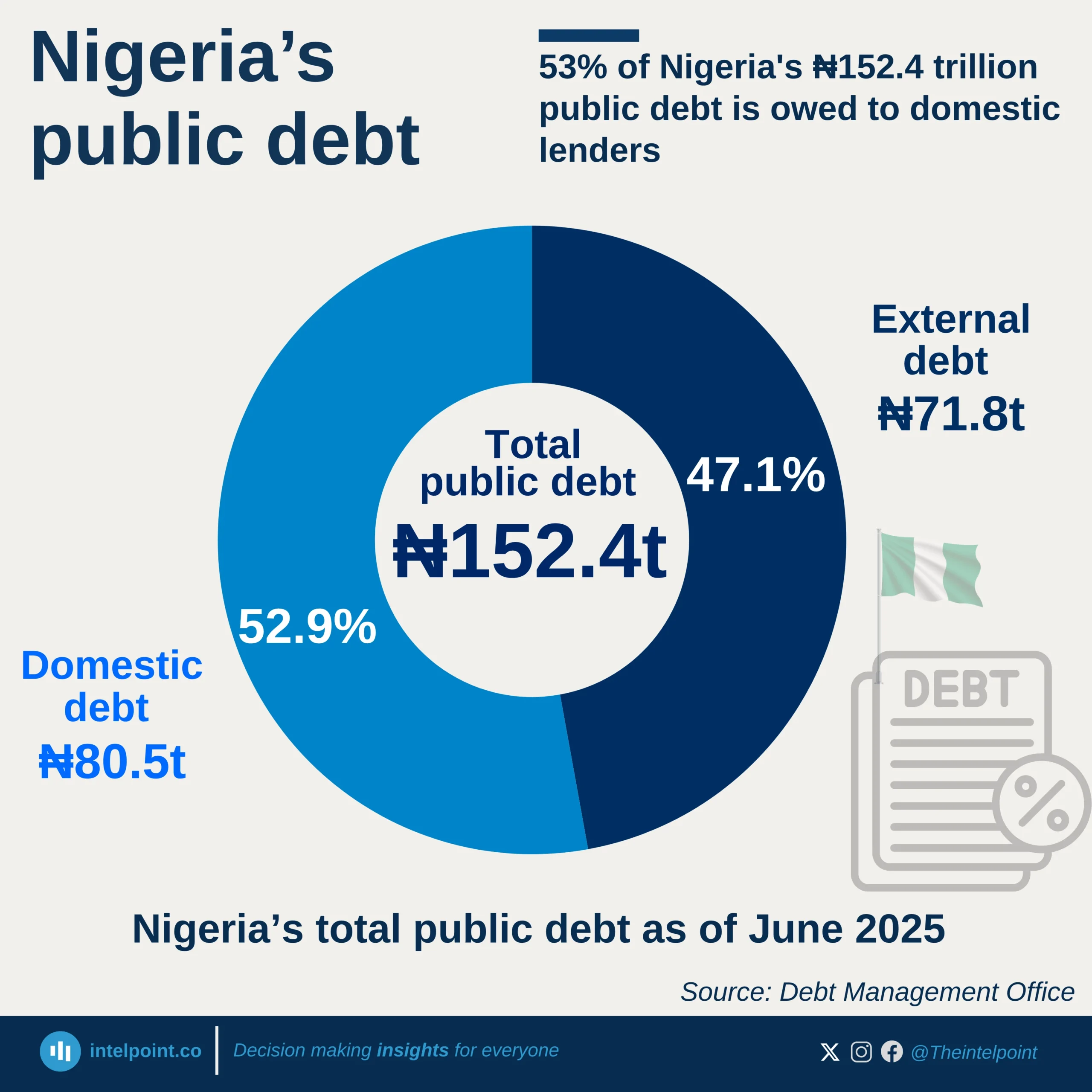Ethiopia’s external debt is projected to surpass domestic debt by 2025. The IMF forecasts that Ethiopia’s external debt-to-GDP ratio will peak at 28.3%, marking a sharp rise from previous years. Meanwhile, domestic debt is expected to continue its downward trajectory, falling to 14.5% of GDP by 2025. This shift signals a growing reliance on external borrowing to finance the country’s economic activities. Between 2020 and 2024, external debt saw a consistent decline from 26.8% to a low of 13.7%, but projections for 2025 indicate a dramatic reversal.
